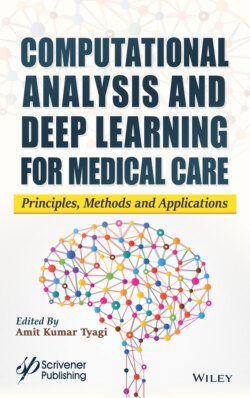Читать книгу Computational Analysis and Deep Learning for Medical Care - Группа авторов - Страница 38
2.3.2 User Preference From Log
ОглавлениеBased on the user queries, the refinement is done using three functions: these are shown in Table 2.2.
1 Modification of the user query
2 Expansion
3 Deletion
Modification: user modifies the last term of the query [12]:
{wi1, …wim} → {wi1, …w′im}, e.g., “single ladies song”→“single ladies lyrics”.
The formation is done based the document frequencies and their proximities.
Expansion: user adds one term to the end of the query:
{wi1, …wim} → {wi1, …wim, wi(m+1)}, e.g., “sports illustrated” → “sports illustrated 2010”.
Table 2.2 Three types of user refinement of queries.
| Type | User activity | Pattern |
| Modification | 1. q:{single ladies song}2. q:{single ladies lyrics} 3. URL click | Song → lyrics |
| Expansion | 1. q:{sports illustrated}2. q:{sports illustrated 2010}3. URL click | ɛ → 2010 |
| Deletion | 1. q:{ebay auction}2. q:{ebay} 3. URL click | auction → ɛ |
Deletion: user removes the last term of the query:
{wi1, …wi(m−1), wim} → {wi1, …wi(m−1)}, e.g., “ebay auction” → “ebay”.
These keyword query refinements help the user to get the appropriate results of the user search.
